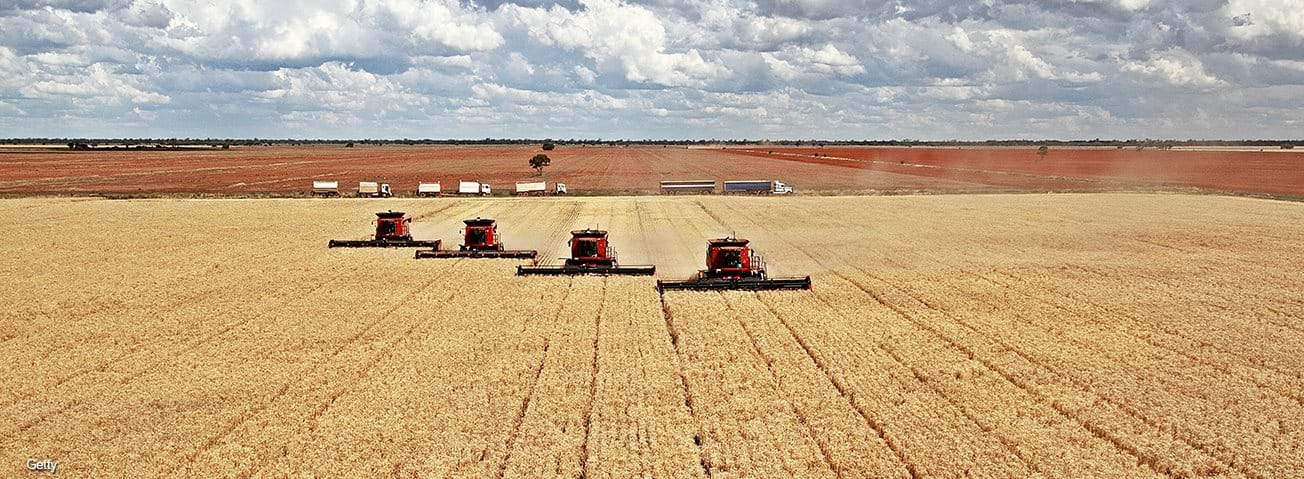As mechanization and the combine harvester took hold, it signaled a significant advancement in this field’s technological capabilities. The grain may be chopped and threshed in a single pass using the self-propelled mixer. When this apparatus was put to action, grain output skyrocketed. Ghana has a long way to go before it becomes self-sufficient and significantly grow its exports. In Ghana, agricultural machinery has advanced significantly.
Agriculture mechanization is the utilization of non-human sources of power such as plowing, harvesting, shelling and planting for agricultural activities. As a result of a variety of circumstances, including country-specific climate, economics, and social conditions, farmers’ adoption of automation is an evolutionary process.
Since the dawn of the new millennium, agricultural machinery has seen a dramatic increase in Ghana. Agricultural stagnation and claims that automation does not make economic sense in circumstances where capital is costly and labor is cheap appear to contradict each other. Mechanization is ubiquitous in the northern cereal-producing regions of Ghana, even in smallholder agricultural systems. The emergence of rental marketplaces has also enabled small and large-scale farmers alike to automate their production processes.
Mechanization has long been a strategic goal for the government of Ghana. An overarching goal of the Food and Agriculture Sector Development Policy (2007) is to expand the amount of land under cultivation using technology and the number of machines per farm. Similarly, the METASIP (2010) provides information on the government’s expenditures on the establishment of agricultural mechanization centers in each of Ghana’s regions. Since mechanization has received a lot of attention, there is a belief that government involvement and an expansion in mechanization throughout the nation is required. Improved knowledge of current mechanization use, its interaction with existing farming systems and institutions, and policies that could allow for the expansion of mechanization are all goals of this research project, which will be presented to local government officials and other interested parties in the area.
Mechanization of Ghana by Tractors Ghana
Agricultural machinery and tractors in Ghana from Tractors Ghana include brand new Massey Fergusson tractors, plows and harrows, crop sprayers, and post-hole diggers. Farmers benefit from the equipment and tools we provide. We only use long-lasting, low-maintenance equipment, and we back it up with expert installation and support from Tractors Ghana. More than one kind of strong tractor is available, each with a different level of toughness and size.
Agriculture Sector of Ghana
Ghana’s economy relies heavily on agriculture, which also serves as a significant source of export revenue. Approximately 35 percent of GDP, 55 percent of the workforce, and 45 percent of all export revenues are generated by this sector. Food crops, livestock, fisheries, cocoa, and forestry are just a few of the many subsectors that make up the agricultural sector. The sector’s mission is to help feed the world’s population while also making it easier to produce agricultural raw materials for industry and agricultural exports. Around 80% of the entire production is produced by smallholder, family-operated farms utilizing primitive technologies. Ghana’s agriculture relies largely on rainwater to grow its crops.
Tags: agriculture, farming, ghana, machinery

